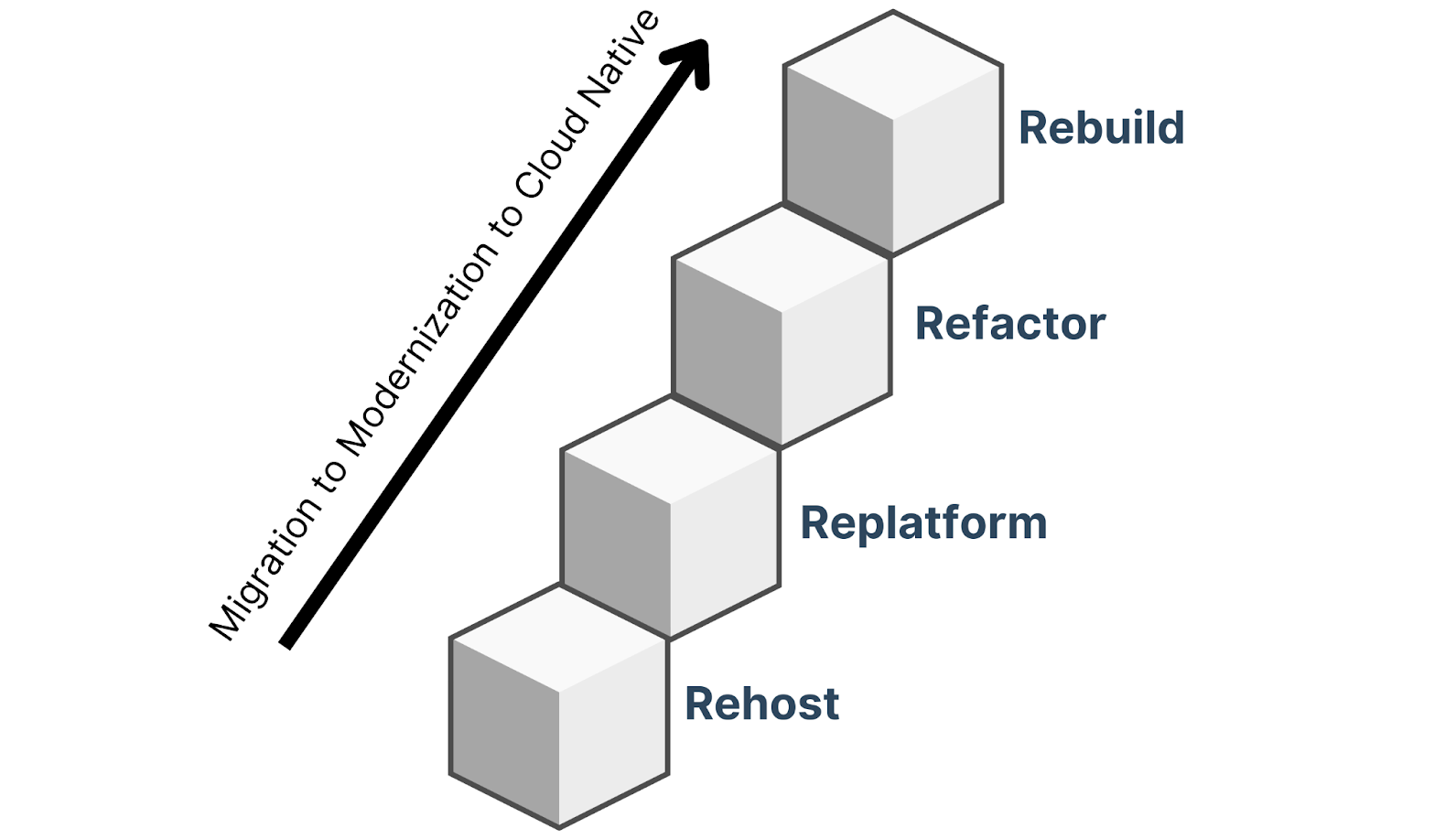The Need for Cloud Agility

Cloud migration is becoming increasingly vital for businesses and governments to engage in digital transformation and leverage growth opportunities, while staying resilient in the face of disruption.
Many organizations are making the vital transformation through Amazon Web Services (AWS) to better achieve critical business advantages. As a trusted AWS Partner, Accolite has come up with a series of blogs that focus on migration and modernization with AWS and discuss actionable ways of digitally transforming your business. This is the first blog in the series discussing the nuances of cloud agility and the opportunities it provides.
Why the cloud?
Cost reduction is often considered the main business driver for migrating to the cloud. However, a fully integrated, secure, real-time cloud solution has diverse benefits that can enable better decision making, access, and action based on unified analytics and insight.
There are eight key drivers that compel businesses to move to the cloud:
- Cost reduction
- Agility and staff productivity
- Improved security and resilience
- Hardware/software end-of-life
- Data center consolidation
- Digital transformation
- Going global quickly, mergers and acquisitions
- New technologies like AI, IoT
These key drivers reflect the AWS Well-Architected Framework which is built around six pillars: operational excellence, security, reliability, performance efficiency, cost optimization and sustainability. By using the AWS framework to build your migration or modernization case, you are setting yourself up for maximizing benefit from the eight areas listed above.
The Accolite Way
The cloud experts at Accolite focus on four common migration and modernization routes: rehost, replatform, refactor and rebuild. Each of “the 4 R’s” entail creating a detailed strategy built around the ideal route chosen by the business based on its needs. A business could start moving over to migrating by choosing to rehost, the quickest and easiest route, or decide to move up the modernization ladder by replatforming onto Kubernetes or rebuilding to become cloud native. In the subsequent blogs, we dive deeper into “the 4 R’s” and discuss how businesses can execute each of them successfully.

Commensurate with the significant benefits and opportunities provided by migrating to AWS, the migration process itself requires deep expertise and planning as well as an understanding of the challenges an organization is likely to face as part of the process. This is why our expertise focuses on supporting migration in partnership with our customers. Our agile iterative method of migration reflects the AWS “innovation flywheel” model: a constant cycle of listening, experimenting and reiterating.
By failing forward, we’re able to work with our customers faster, execute deliverables in two-week increments and stay focused on bringing value to the migration and modernization initiative. By co-creating with customers and meeting them where they are in their migration and modernization journey, we train our customers along the way so that they’re ready to hit the ground running.
What next?
Migrating to the cloud with AWS is a secure, reliable and cost effective digitization solution that enables your business to scale globally with relative ease, among many other benefits. Security concerns, budget challenges, gaps in skills or difficulty adopting an iterative culture are challenges that can be solved through cloud computing.
Are you considering migrating to AWS or modernizing? This is a critical decision that can help you gain alignment around making your agile enabled migration or modernization successful. Take a look at the next blog on how you can build a business case to migrate and modernize towards a successful, innovative and speedy digital transformation.


